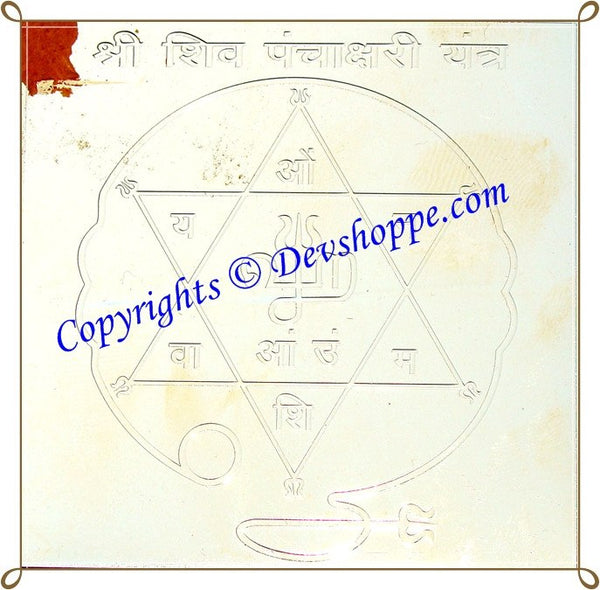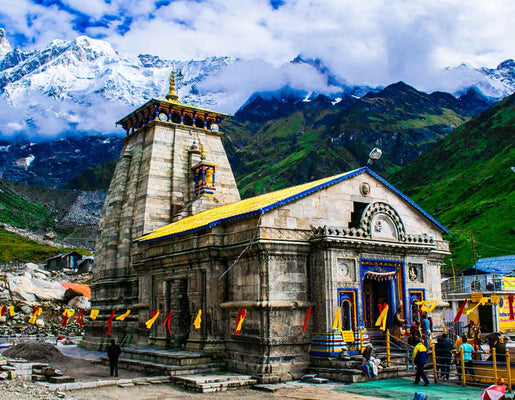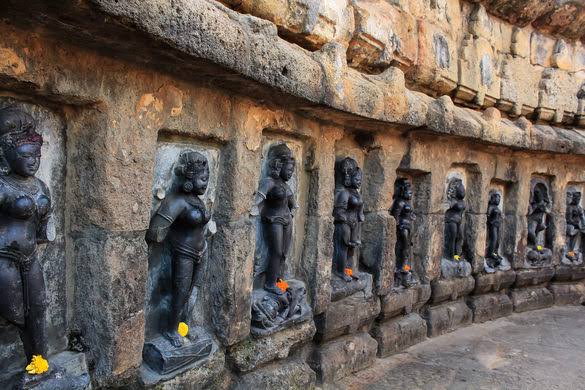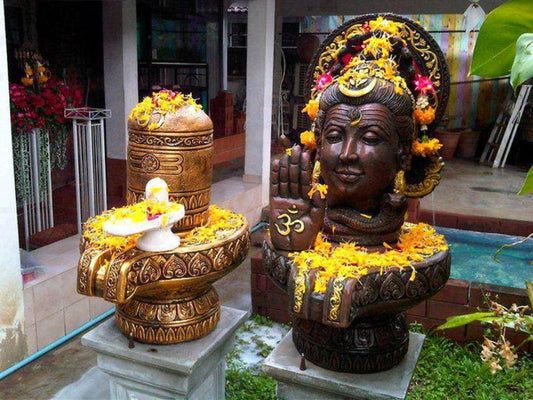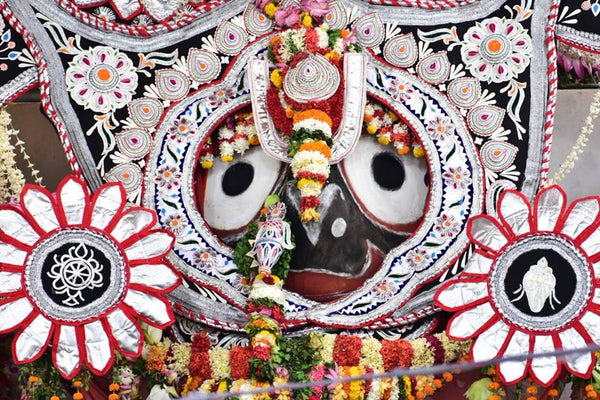Pashupatinath Temple, Nepal
Pashupatinath temple, is dedicated to Shiva and is situated beside the Bagmati river in Nepal. Pashupati literally means Lord of the animals and is dedicated to Lord Shiva. The Pashupatinath Temple is a famous 5th century Hindu temple dedicated to Lord Shiva(Pashupati). The square two-tiered building stands on a single-tiered plinth in an open courtyard. The temple has silver-plated and gilt doors with niches on both sides containing images of gold painted guardian deities. This richly decorated temple with wooden sculptures is believed to make wishes come true. One of the most astonishing decorations of the temple is the huge golden statue of Nandi - Shiva’s bull. Pashupatinath Temple is the oldest Hindu temple in Kathmandu. This temple is also on the list of UNESCO World Heritage Centre. One of the astonishing Hindu temples outside India. Pashupatinath is the biggest Shiva temple complex in the world and consist of 492 temples and more than one thousand Shiva lingams. The Pashupatinath temple is an almost 24 meters high pagoda style temple with a golden roof and a massif silver door. Inside is the holy Shiva lingam of Pashupatinath the lord of the Animals an avatar of Shiva. The Shiva Lingam is four faced but it is said it has an invisble fifth face too. Besides the Shivalingam there is a shrine for Unmatta Bhairava which is one of the eight forms of Bhairava the angry form of Shiva.

Only followers of Hinduism can enter the main temple, but all the other buildings are available for foreigners to visit. From the Eastern bank of the river the main temple can be seen in its whole beauty. The western bank of Bagmati also hosts the so called Panch Deval (Five temples) complex, which once was a holy shrine but now serves a shelter for destitute old people. Followers of Hinduism arrive here to find shelter for the last several weeks of their lives, to meet death, be cremated on the banks of the river and travel their last journey with the waters of the sacred river Bagmati, which later meets the holy river Ganges.
It is believed that those who die in Pashupatinath Temple are reborn as a human, regardless of any misconduct that could worsen their karma. The exact day of their death is predicted by astrologers of the temple. Numerous religious buildings are also located on the eastern bank of Bagmati, most of them are devoted to Shiva. The majority of these buildings are small single storey constructions made from stone. From the outside these buildings are reminding crypts, but in reality these are sacral buildings, created for holding the symbol of the deity Shiva - lingam (erect phallus). Lingams can be found all over the complex.
Along the right bank of Bagmati numerous platforms for funeral pyres are built. The cremations on these platforms are a common activity. As Lord Shiva is considered the patron of animals and all living organisms, monkeys and deers are wandering all around the temple complex on both banks of Bagmati. Monkeys are very often unfriendly, they beg for food, snatch things from careless tourists and may even be dangerous.
It is also very common to meet sadhus in Pahsupathinath. Sadhus are wandering ascetic yogis, who are trying to acquire liberation from the cycle of death and rebirth by meditating. They have very unique appearance with specific yellow paintings on their bodies. Majority of sadhus are very tourist friendly and eager to pose for the photos with foreigners, but it is not free of charge. They live in caves or tiny cells on the territory of Pashupatinath. Sadhus have extremely ascetic and even miserable life but for a Westerner their independent and unconstrained behavior looks mysterious.
Mythology
It is believed that once lord Shiva became tired of his old palace Kailashnath atop of The Himalayas moved to Mrigasthali, the forest on the opposite bank of the Bagmati River. Lord Shiva was amazed by the beauty of the site.To remain hidden amongst the Gods he tried to allude them as a deer. Despite pleas from the Gods Shiva used to return and hence the Gods decided to use force to get him back to Kailash. It is said that Lord Vishnu grabbed lord Shiva (Deer) by his horns and shattered the horns into pieces.
Lord Vishnu then established a lingam on the banks of Bagmati river with the shattered pieces horn. As time passed temple was buried and forgotten.Later a cow is said to have noticed the Linga and sprinkled her milk in the buried linga. When the cow herders dug the spot where the cow sprinkled milk, they found the lost linga and built the temple which is known as Pashupatinath temple.
The earliest evidence of the temple’s existence dates back to 400 A.D. The current main temple of Pashupatinath complex was built at the end of the 17th century to replace the previous one, destroyed by termites. Pashupati was a tutelary deity of the ancient rulers of the Kathmandu Valley; in 605 AD, King Amshuvarma considered himself favored by his touching of the god’s feet.

Traditions
As per tradition the priests of the Pashupatinath temple comes from the south of India. A long tradition which is said to be installed by Sage Sankaracharya. The priest come everyday to the temple between 8 and 9 am to lead the offerings and bath the Shiva Lingam in ghee, yogurt, milk, and honey during a Abhisheka ritual which is also done around 5 pm. Visiting worshipers offer items like fruits, flowers, garlands, incense, rice grains and barley to Pashupatinath, especially red flowers and bel leaves and fruits are liked by Pashupatinath. It's not common to offer sweets.
How to reach there
Airways – Nearest Airport is Tribhuwan International Airport at Kathmandu. It has flights from Delhi, Kolkata, Mumbai, Kochi, Goa, Hyderabad and many more places. There are international flights also.
Railways – There is no railway system in Nepal but one can reach any of the bordering town of Nepal by availing Indian Railways. Travelling in Nepal is solely dependent on either road or by air.
Roadways – Pashupatinath is nearly 10 kilometers from the city of Kathmandu. Pashupatinath is a neighbouring spot of the capital city of Kathmandu. One can reach by public transport like taxis and buses. One can drive to Pashupatinath from Kathmandu within 30 minutes by Car.




